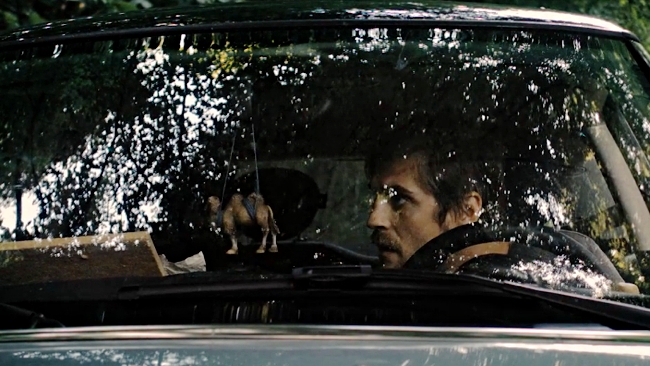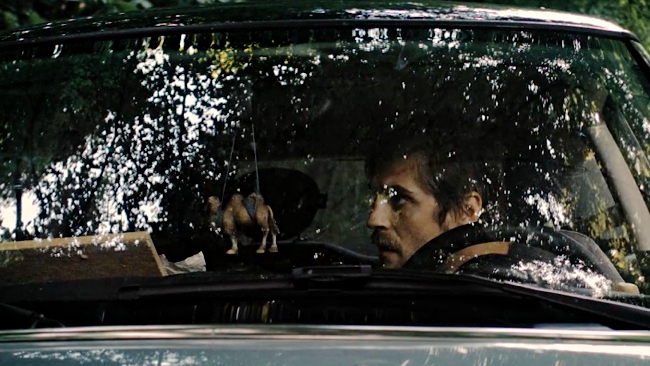
 Gold Digger - filmed with Blackmagic Cinema Camera
Gold Digger - filmed with Blackmagic Cinema Camera
I know it sounds obvious, but the Blackmagic Cinema Camera was designed for making films. The only reason we make such a self-evident point is that we've seen so many tests, that you could be forgiven for thinking that this camera was used solely for demonstrating itself!
Meanwhile, there are thousands of people who are just, you know, making films with it.
Here's a really nice example.
Gold Digger
Aske Løkken and Malte Løkken have made Gold Digger. Here are their production notes (I asked them in particular how they lit the night scenes).
We lit the night scene with two tungsten lights outside the window, and used the frame of the window + some duct tape on the window to get the textured lighting inside.
Then we softened it up with another tungsten on the inside, bouncing off the back wall.
We had a few smaller tungsten lights that we moved around when we needed fill. But we pretty much had the same lighting setup for the entire scene downstairs.
Since the tungsten lights were placed 3 feet away from the girl when she was standing outside, we used a couple of scrims to decrease the intensity of the light on her, outside.
All the tungstens were equipped with CTB, and we shot the scene in 5500K daylight - then made the teal/blue ramp in DavinciResolve.
We also cut out pieces of CTB and minus-green gel, for the flashlight, to get the proper colors.
We knew that BMCC would need plenty of light, to get a proper exposure in the night scene, so we bought an extra powerful flashlight, to still get the feeling of darkness in a well lit room.
The rising sun
The shooting actually continued to the next day. While the sun was rising, me and my brother prepared the next scene and the cast and the crew were sleeping on whatever they could find (our sound designer was sleeping on the floor).
I removed the CTB from the tungstens outside, and played around with it, and the curtains to get a feeling of the morning sun, through the window.
When the sound designer Simon Kjær woke up, for the next shoot - he said.. "ahh, lovely - the sun is up!". "Naah, Simon. Thats just lighting, the sun is in the complete other direction!"
He didn't believe me at first, so I had to show him the lights standing outside -
We edited in Premiere Pro cs6, and worked on each scene separately in DaVinci Resolve, from Blackmagic Design.
We used a Kodak film LUTt, and 7-20 notes on each shot.
Trickier shots
Some of the trickier shots, especially the interior car shots, were more extensive - we didn't use any lighting in the car, since we didn't have the opportunity, so once the film LUT was applied Rudi Køhnkes face would go from pitch black to overexposed while driving in and out of the sunlight. So my brother worked a lot with it, up to about 50 notes, with tracking masks, and so on to get the exposure and the colors right.
Lastly we applied film grain, to get a less digital feeling. Overall the process of going from a digital look to a more organic look, with slightly adventurous colors, really helps to release the feeling that the scene is being shot by a camera, so that the audience feel present.
See the video after the break
Tags: Production


Comments